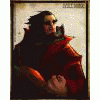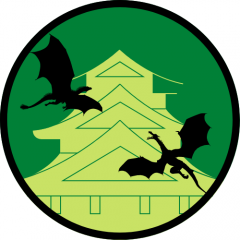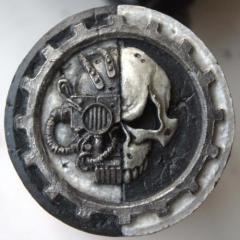talenti lion totem & cavalcare
-
Contenuto simile
-
- 1 risposta
- 268 visualizzazioni
-
- 5 risposte
- 549 visualizzazioni
-
- 3 risposte
- 681 visualizzazioni
-
- 4 risposte
- 905 visualizzazioni
-
- 2 risposte
- 484 visualizzazioni
-








Messaggio consigliato
Crea un account o accedi per commentare
Devi essere un utente registrato per poter lasciare un commento
Crea un account
Crea un nuovo account e registrati nella nostra comunità. È facile!
Registra un nuovo accountAccedi
Hai già un account? Accedi qui.
Accedi ora